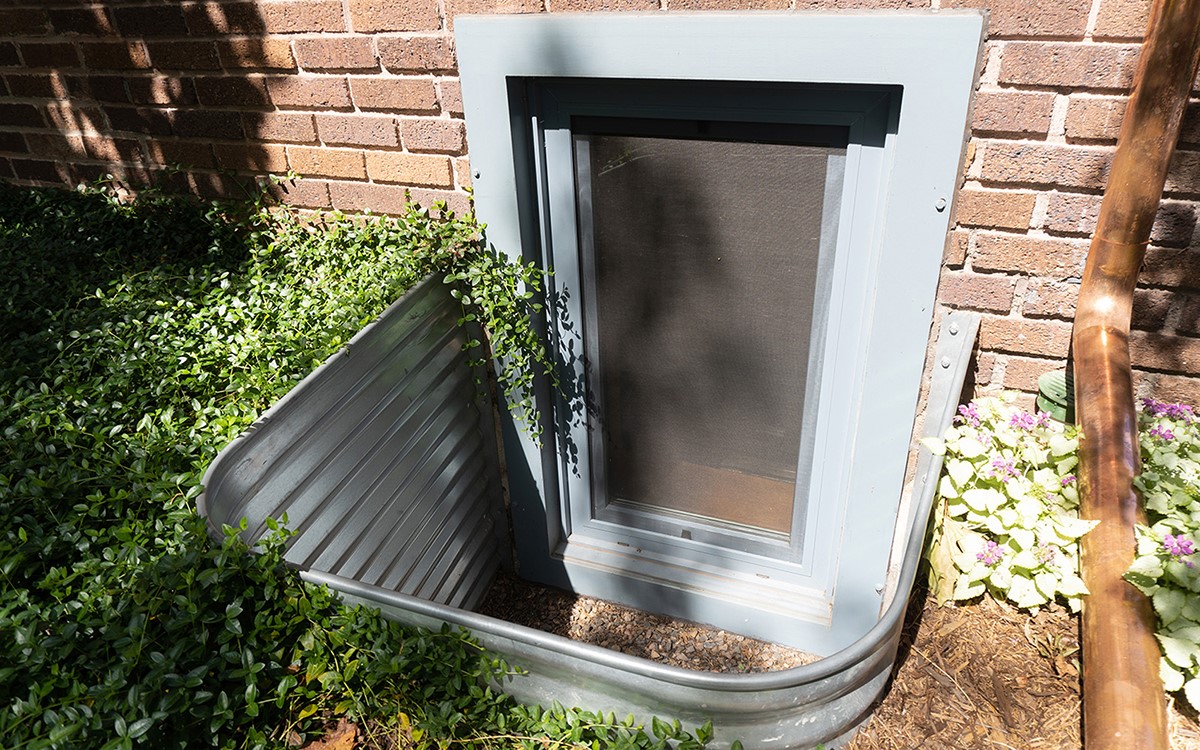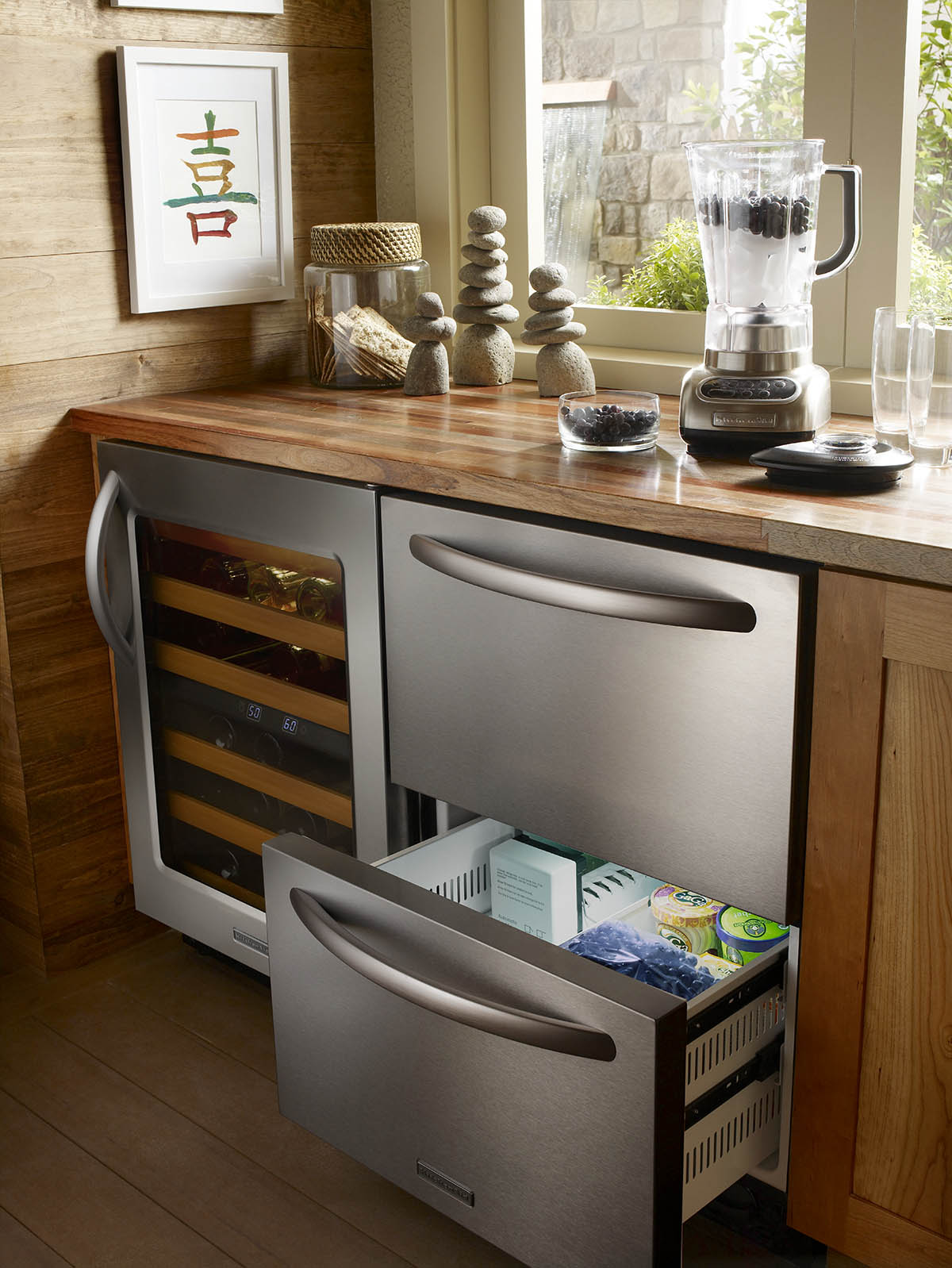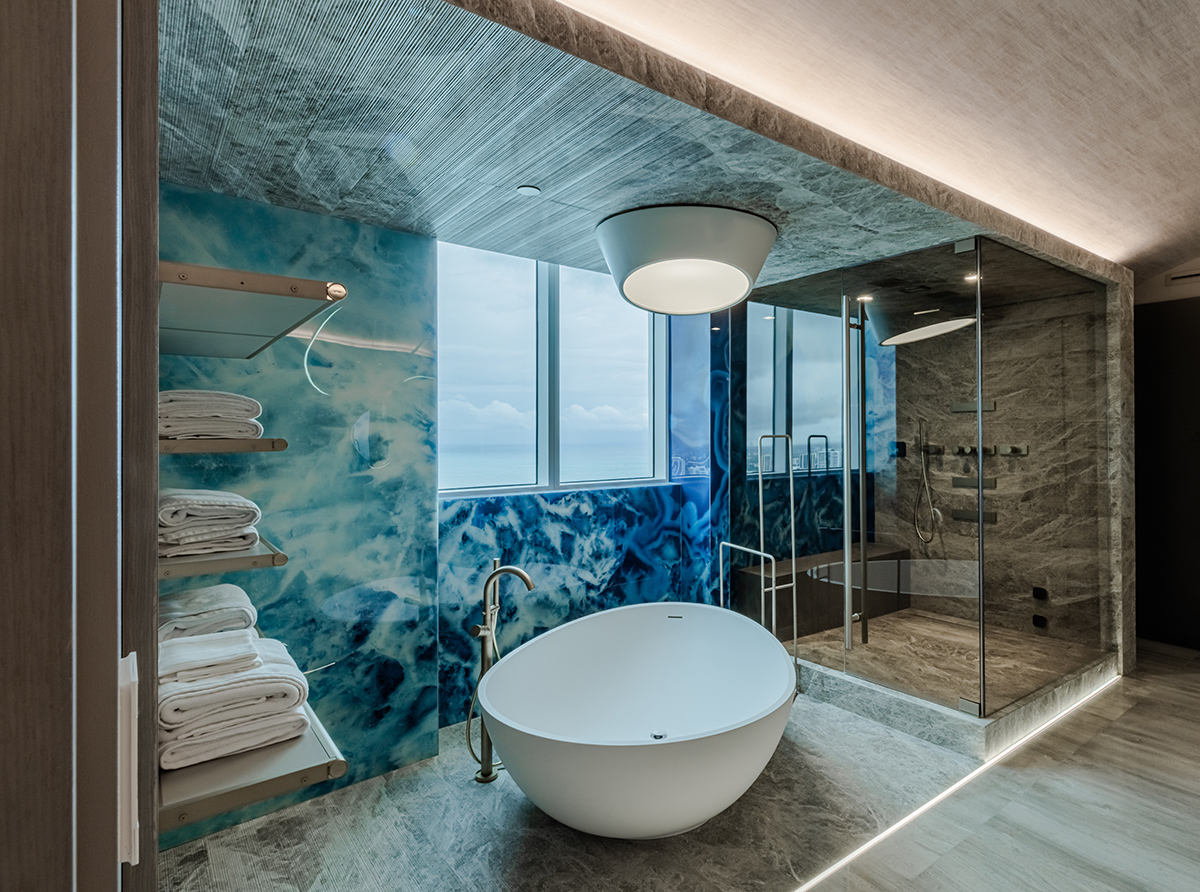WRITER | THEO STEPHENS
PHOTO | ALICIA BONILLA
and Let the Light In!
An egress window is a great way to expand the livable space in your home for a relatively small investment. It can also make your basement brighter and more appealing while ensuring that you’ve got a secondary emergency exit.
There are a few scenarios where an egress window might make sense. For starters, if you’re adding a bedroom to your basement, you’ll need an egress window, since most building codes require sleeping rooms to have at least one exit window large enough to accommodate a fully outfitted firefighter in case of emergency. Egress windows also add welcome light to basement offices, playrooms, or home gyms. If you’re thinking of selling your home, an egress window adds value – more than $16,000 added value to a house in Ann Arbor or more than $20,000 in a market like Birmingham, depending on size.
If you decide an egress window is worth pursuing, the good news is that it is a project you can tackle on your own. Figuring out whether to do it yourself or hire a professional comes down to your budget, home improvement expertise, equipment on hand, and your available time.
If cost is a big issue, you can save 30% to 50% by installing the window yourself. But make sure you have the time to dedicate to the job, which can take two people about 20 hours to complete.
Before deciding, it’s a good idea to make a list of each task involved in the project and assign a value based on the time and cost of each. You’ll also want to consider the physical labor required. Installing an egress window means digging a big hole, disposing of lots of dirt, and removing heavy concrete. If those tasks sound too physically taxing, you may want to hire a professional.
Here’s a brief look at the steps involved in an egress installation if you decide to move forward on your own:
- Consult a structural engineer to ensure that the wall where you’re planning to add your window can handle a modification. The older your home, the more due diligence is needed.
- Measure the interior and exterior space of where the window will be installed. Base the measurement on your area’s code requirements and the plans developed by your structural engineer.
- Gather supplies (including your window) and schedule services you might be outsourcing. It is best to hire a concrete cutter because cutting into the foundation is a dangerous part of the process and requires powerful tools that most homeowners don’t have. If you decide not to hire a concrete cutter, you’ll likely need to rent a concrete saw capable of cutting at least eight inches deep.
- Dig the hole for your window well.
- Cut the hole in your wall.
- Frame the window by either building a wood frame yourself or purchasing a steel frame.
- Install the window well and backfill with rock.
- Add a retaining wall around the excavated area and make sure it includes a ladder or stairs for use in an emergency.
- Install the window and trim.
If you’d prefer to work with a professional installer but want to save a little money, consider digging the hole for the well yourself. Many companies offer a discount to homeowners willing to perform this step.
Whether you farm out the work or do it yourself, keep the following in mind.
Window Type
Laminated glass is a great option for egress windows because it doesn’t break as easily as tempered glass and can’t be cut with glass cutters. Tilt-and-turn windows swing open like a door but also tilt from the top, allowing homeowners to safely ventilate a room since it’s almost impossible to push the window in from the outside. Look for a window with a multipoint locking system, which means it will simultaneously lock at multiple points, offering an extra layer of protection.
Window Placement
When it comes to ensuring lots of light, it’s best to place your window on a south-facing wall. Your window well can also impact the amount of light the room receives. A window well placed too high will eclipse the light. Opting for a clear, polycarbonate window well cover will also maximize light and repel water. Just be sure to keep it clear of ice and snow in the winter.
If you’re looking for an easy way to beautify your basement and deliver a significant return on investment, an egress window might just fit the bill.








